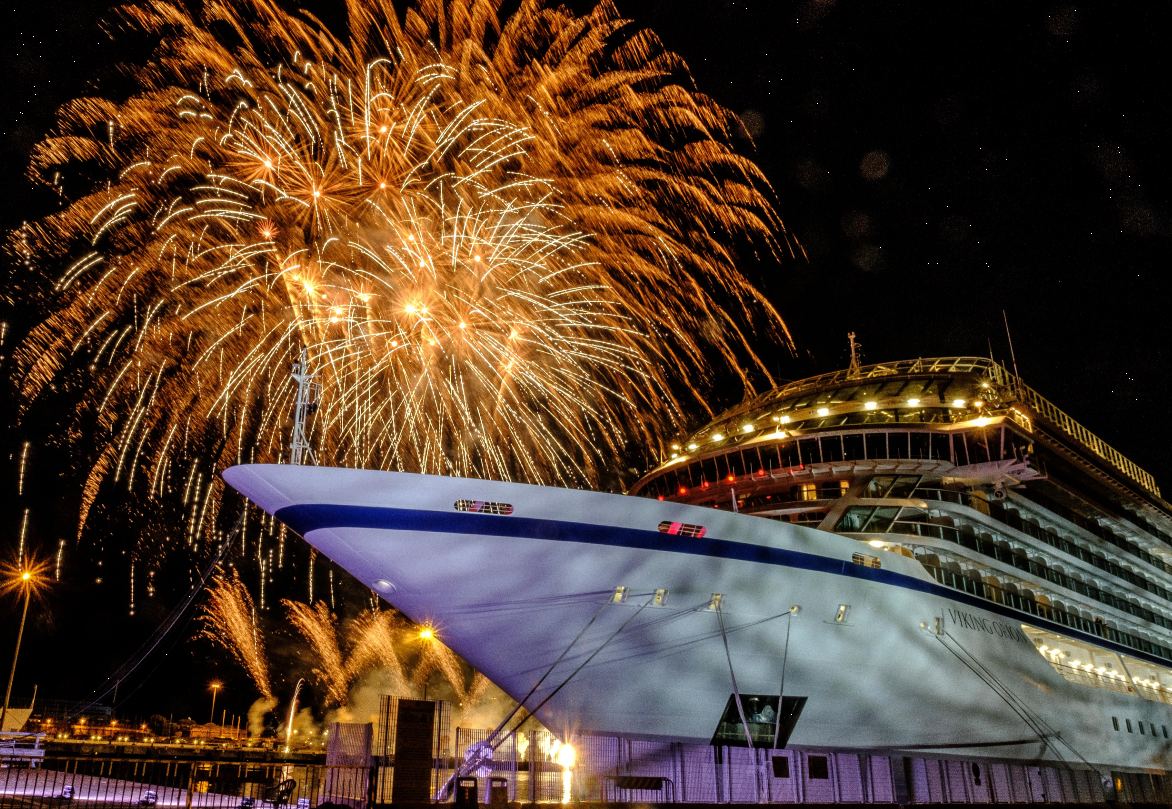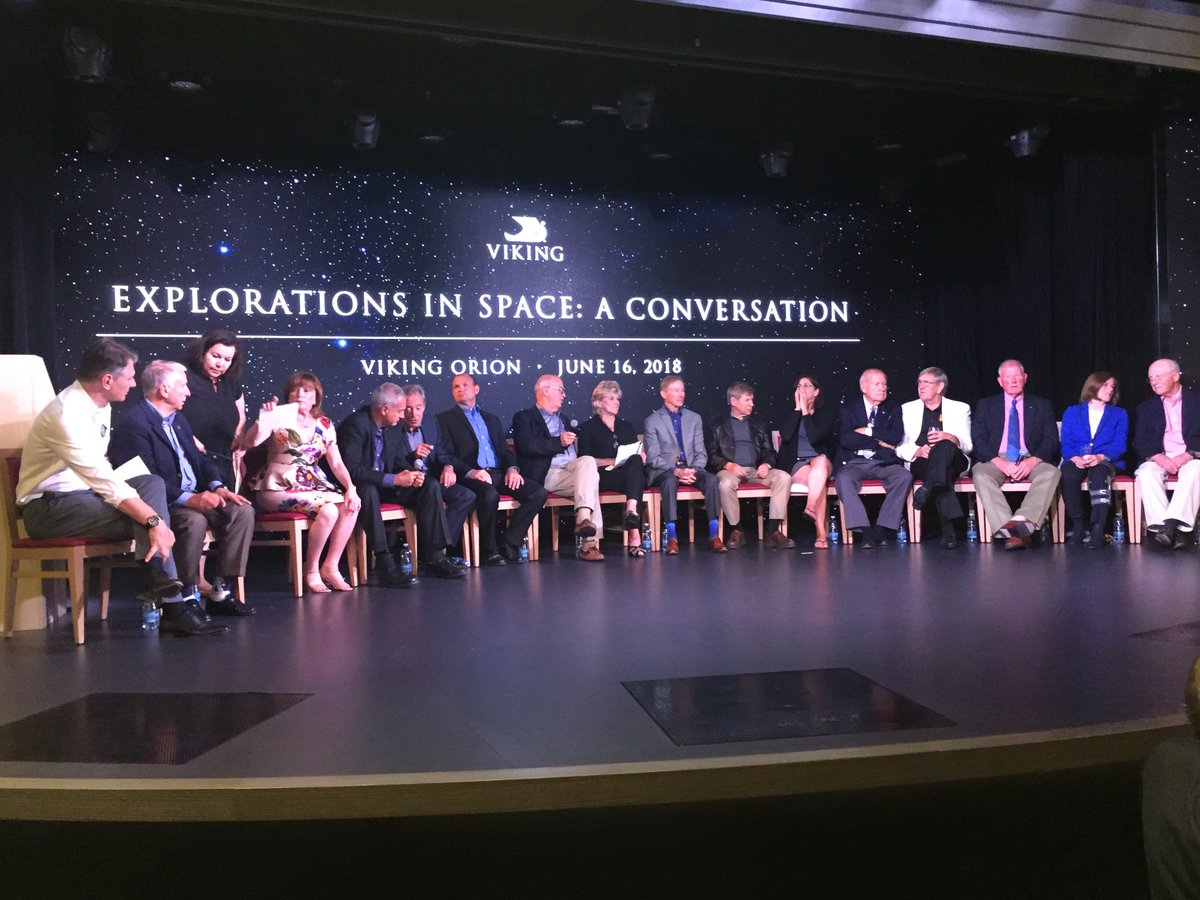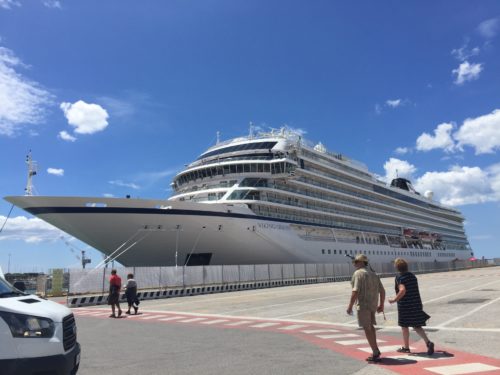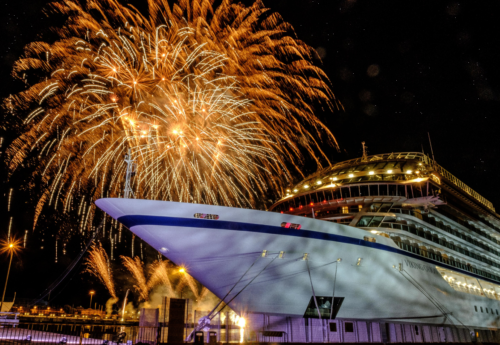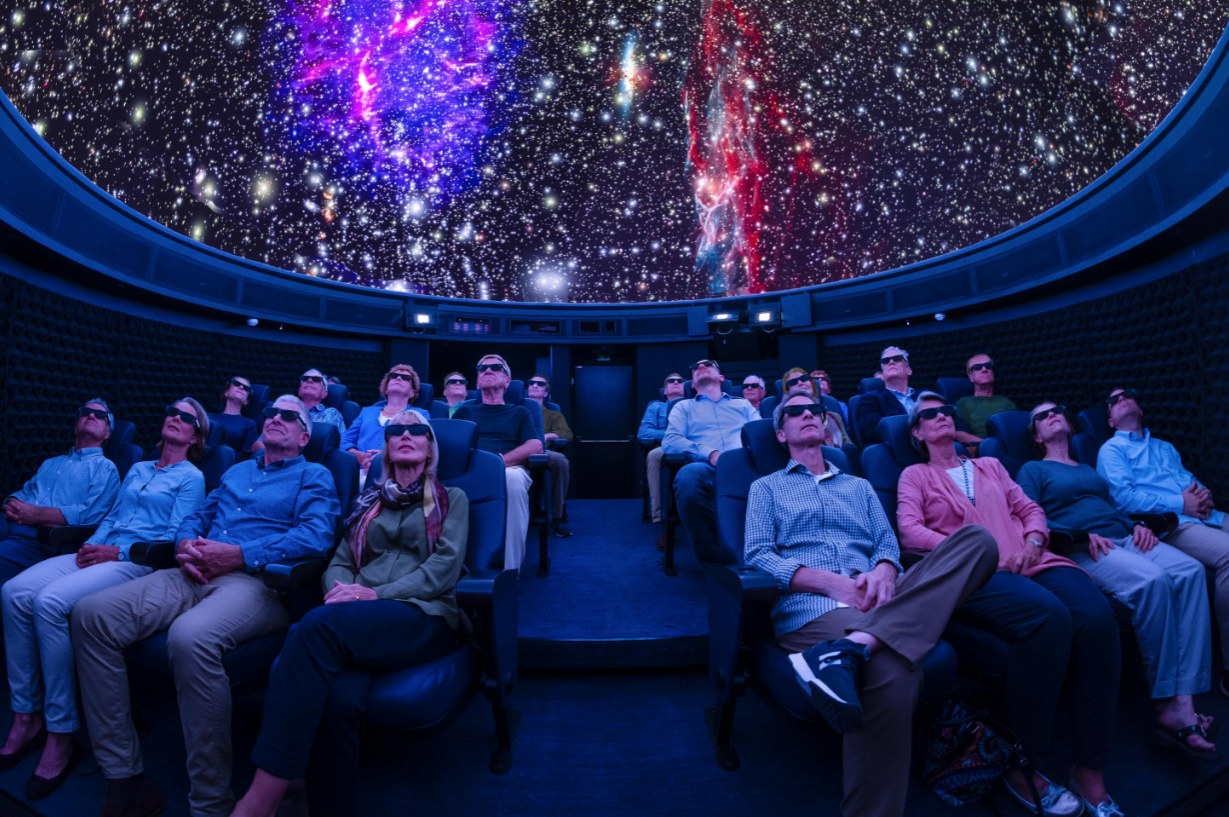Are real astronauts in favor of space tourism?
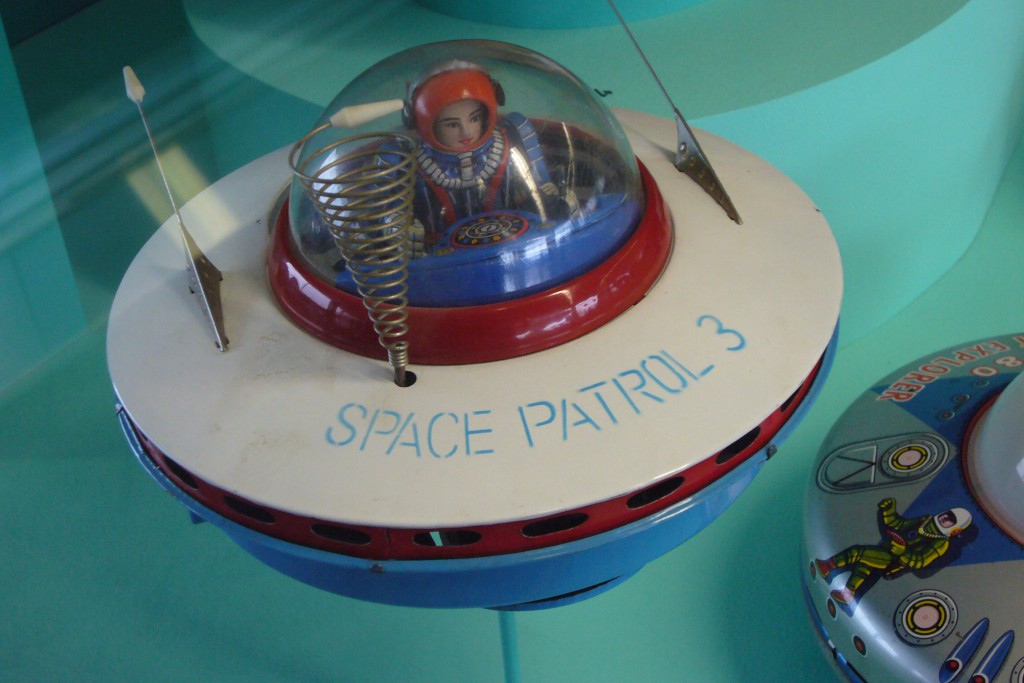
Space tourism is a modern-day reality and a bucket list item for many travelers who have already ticked off many of the awe-inspiring spots on earth.
But do professional astronauts want tourists up there with them?
Earlier this summer I had a chance to ask a dozen or more former and current astronauts that question — and to gather their travel tips – during the shakedown cruise of the Viking Orion.
The ship is named after the prominent Orion constellation and has at its ceremonial godmother, American chemist, emergency room physician and retired NASA astronaut Dr. Anna Fisher. As the guest of honor on the cruise Fisher was able to invite dozens of her friends along for the ship’s maiden voyage.
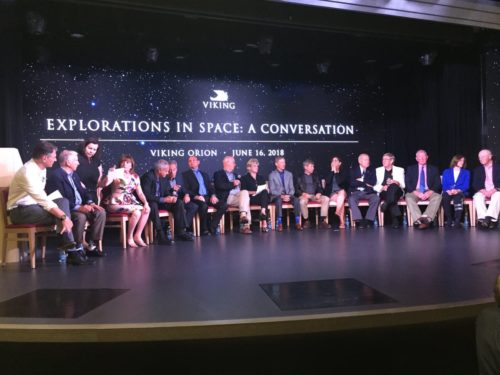
Non-astronauts can now contemplate how they want to visit space, thanks to private companies such as Virgin Galactic, Blue Origin, SpaceX and others, which are developing a variety of space tourism programs and out-of-this-world experiences.
To a one, every astronaut I spoke with is enthusiastic about untrained citizens heading to space. I gathered their opinions about space tourism for a story just posted on Travel +Leisure.
Here are some of the responses:
“I seriously believe that if more people had the opportunity to go into space and see the earth from that vantage point they would definitely stop thinking of themselves as being from this country or that country and slowly start feeling like they’re just from this planet,” said Anna Fisher, the first mother in space and one of the “original six” women accepted into NASA’s Astronaut Training Program.
While he wouldn’t have wanted extraneous people on board when he was flying multibillion-dollar missions, “That’s different than having a spacecraft designed from the get-go for tourists, which I applaud,” said former NASA astronaut Frederick (Rick) Hauck, a veteran of several Space Shuttle missions.
Jean-Francois Clervoy, a European Space Agency astronaut and veteran of three NASA Space Shuttle missions, is all for space tourism even if, for the foreseeable future, it’s an experience only available to rich people.
“The travelers who have the money, the time, and the courage to try space tourism are and will be great ambassadors” for the experience, said Clervoy, “They know people will want to hear about their adventure and that is what explorers and pioneers going first are supposed to do. Bring back the experience.”
Former NASA astronaut Sherwood (Woody) Spring, who logged 165 hours in space, 12 of them doing spacewalks, said while the views from space are great, space tourists need to keep the downsides of space travel in mind.
“When you get into orbit, 99 percent of astronauts go through what we call ‘space adaption syndrome’;” said Spring, “Some people throw up, some don’t, but you’re probably not going to feel well the first two days.
Spring said IMAX space movies offer the same great views without the high ticket price, but if getting out of this world is what you’re after “Go for it,” said Spring, “You don’t need my permission.”
Would you like to take a trip into space?
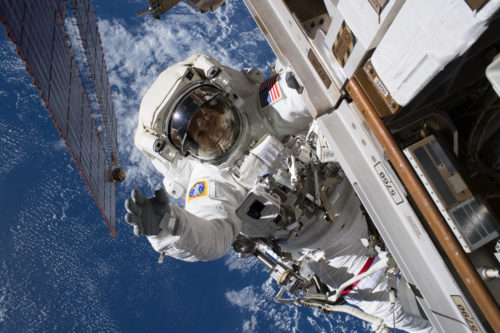
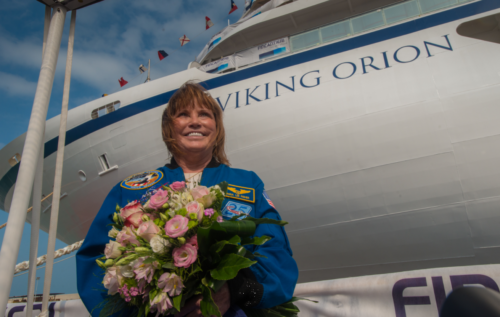
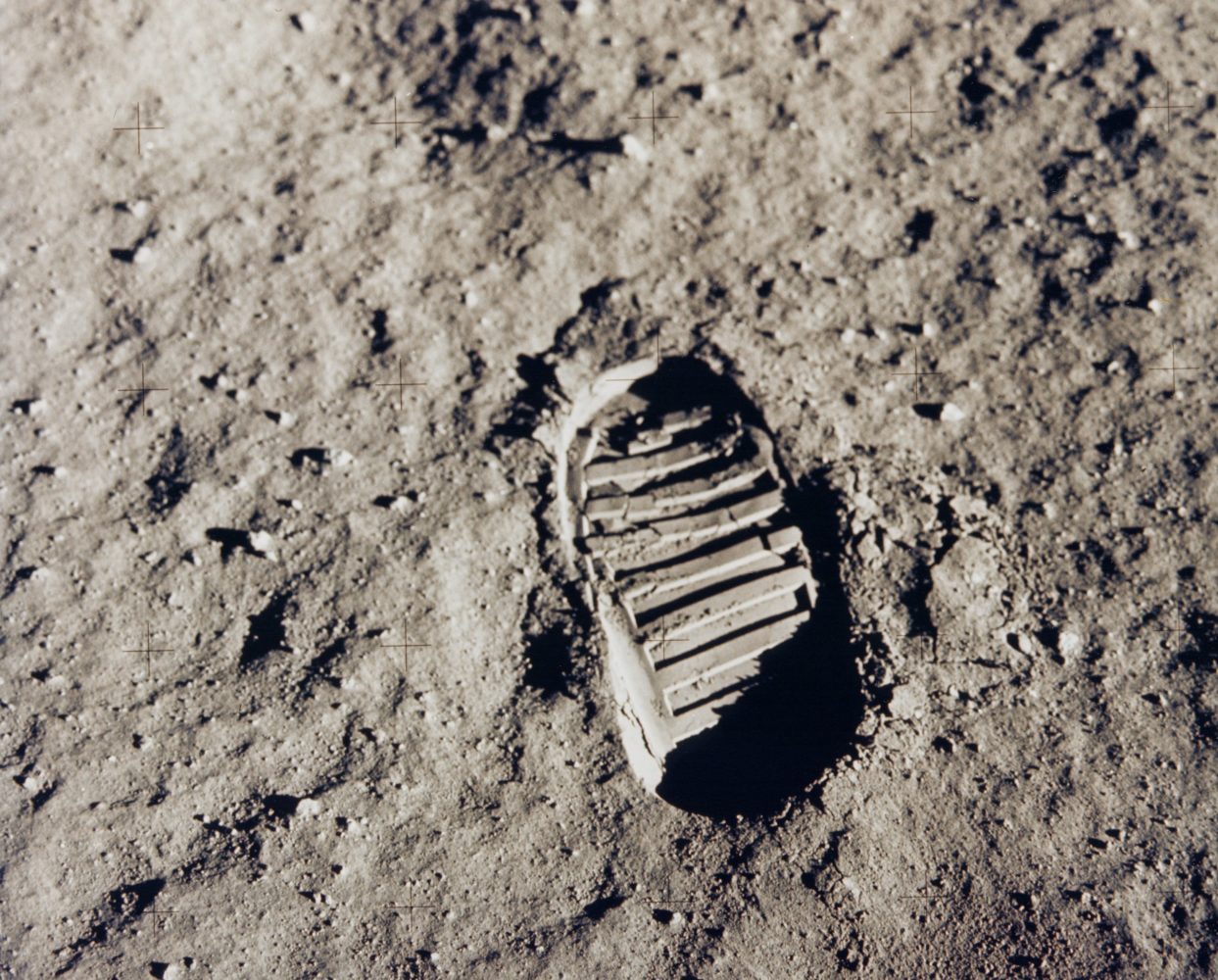
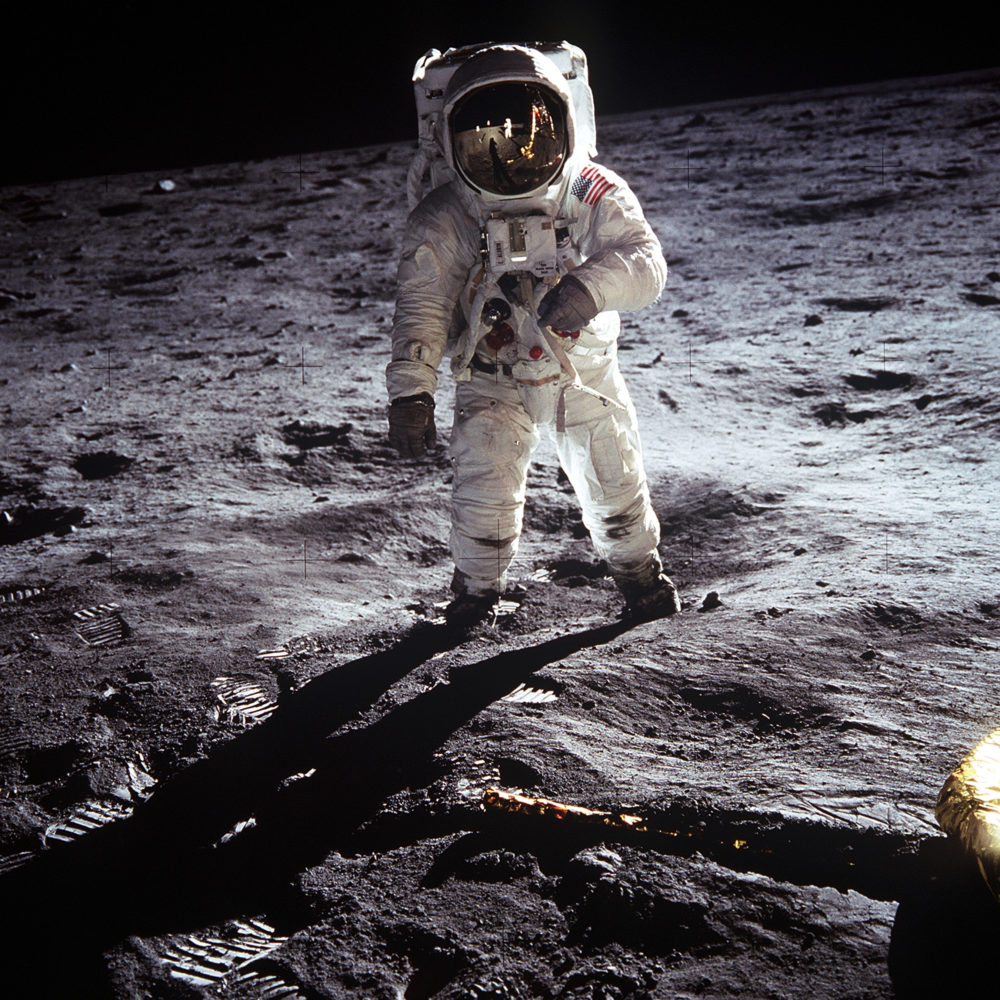
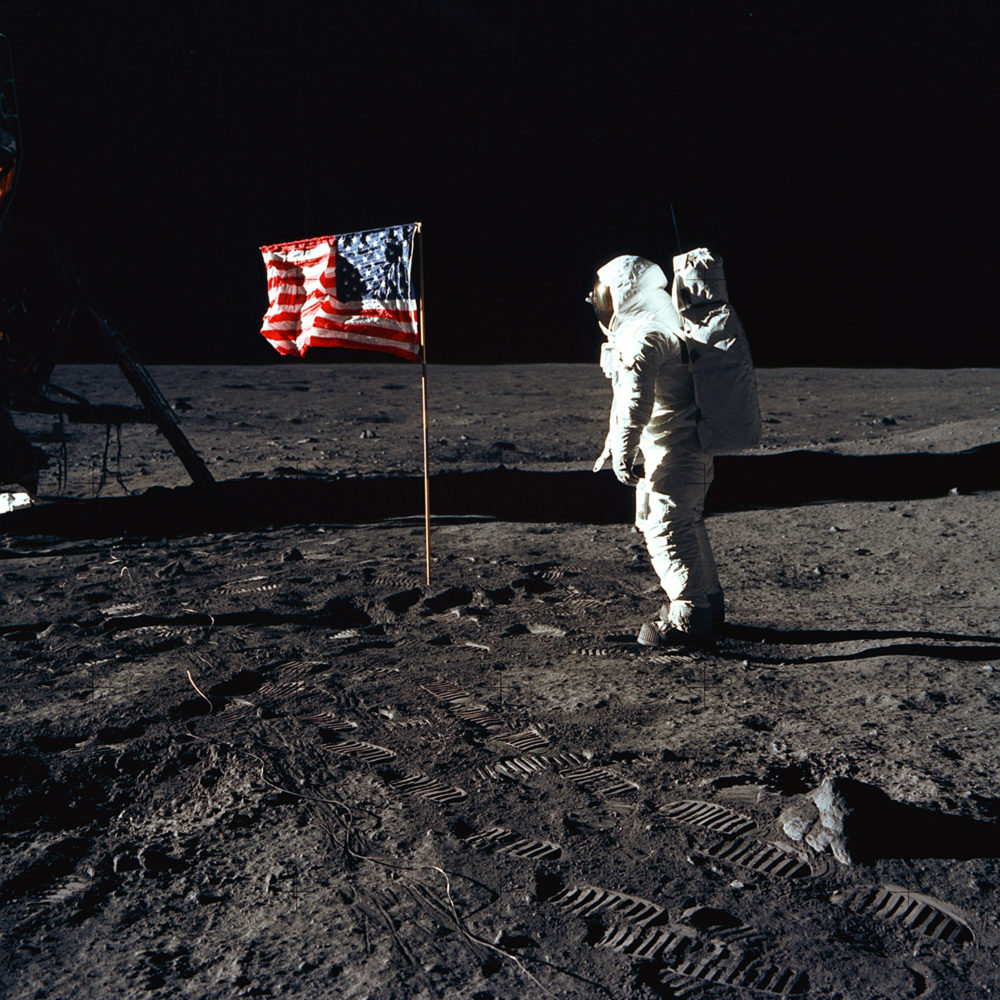
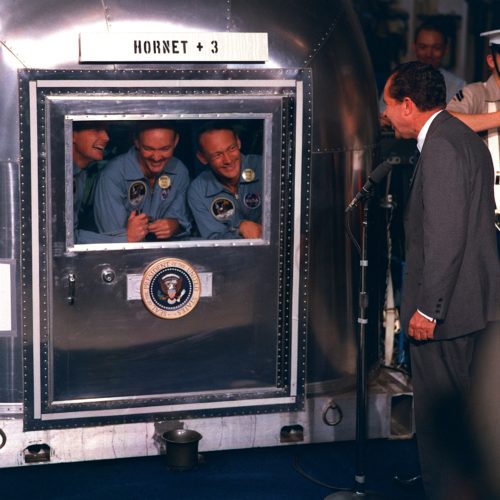
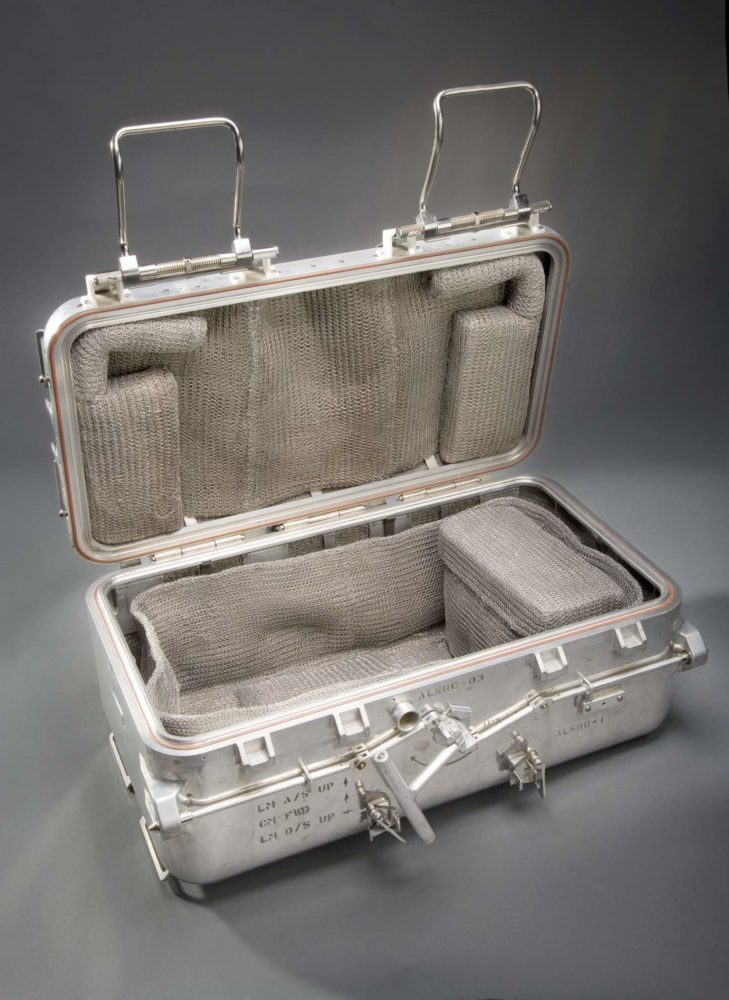 Souvenirs from space: This Apollo Lunar Sample Return Container (ALSRC) was used to preserve a lunar-like vacuum around samples taken from the Moon and brought back to earth. Courtesy NASA and Smithsonian Institution National Air & Space Museum.
Souvenirs from space: This Apollo Lunar Sample Return Container (ALSRC) was used to preserve a lunar-like vacuum around samples taken from the Moon and brought back to earth. Courtesy NASA and Smithsonian Institution National Air & Space Museum.